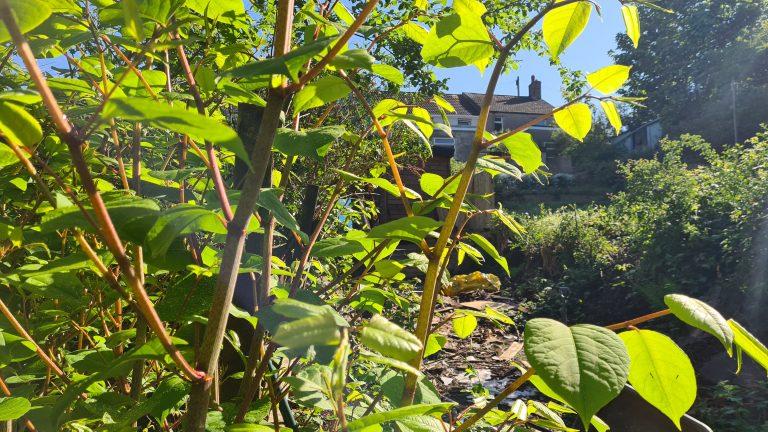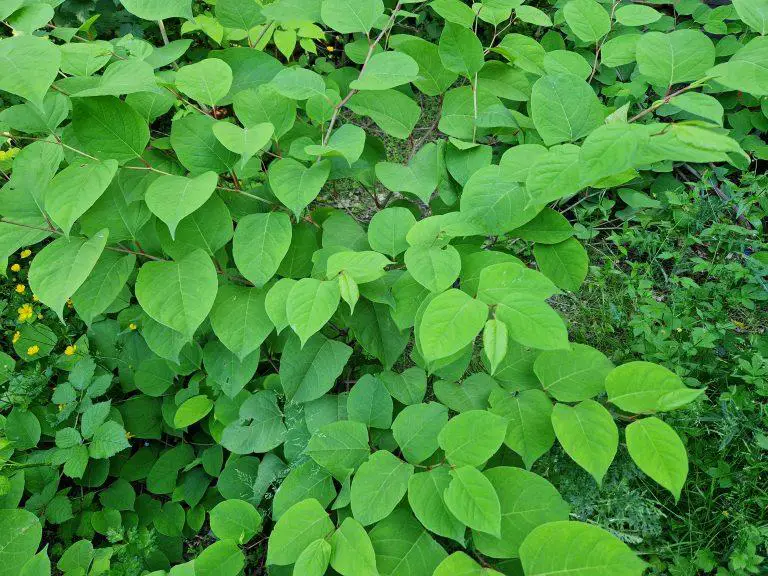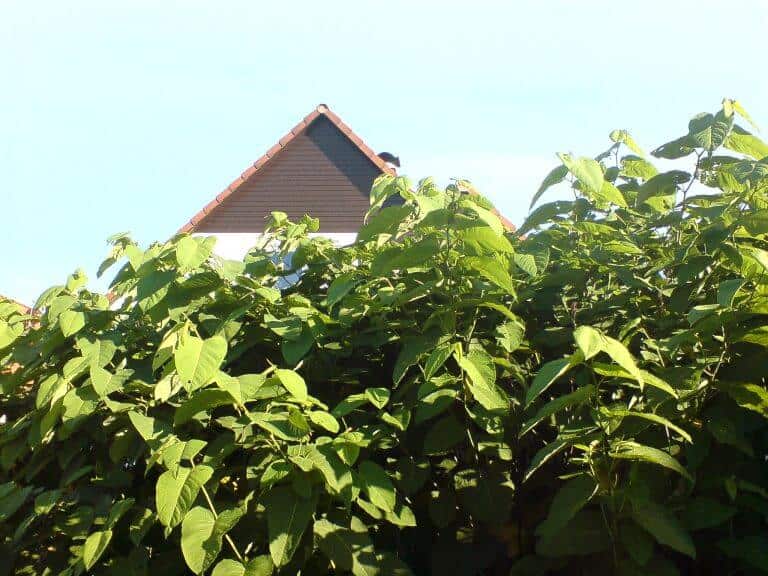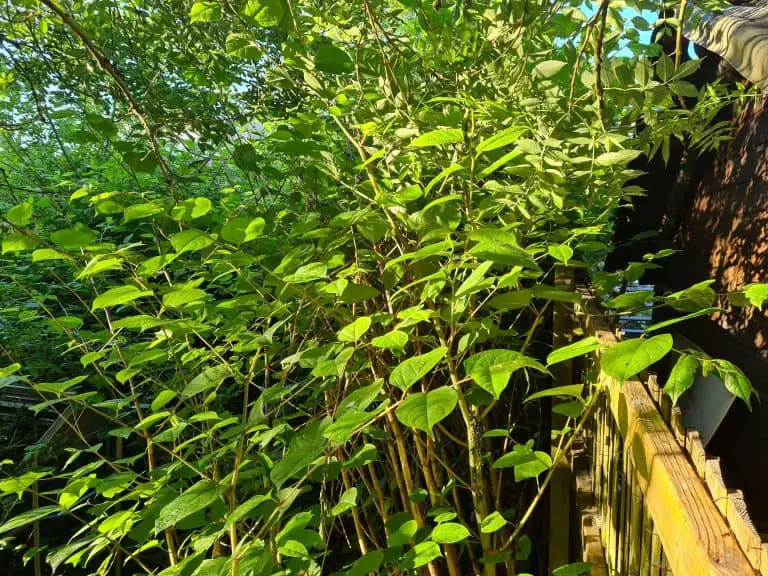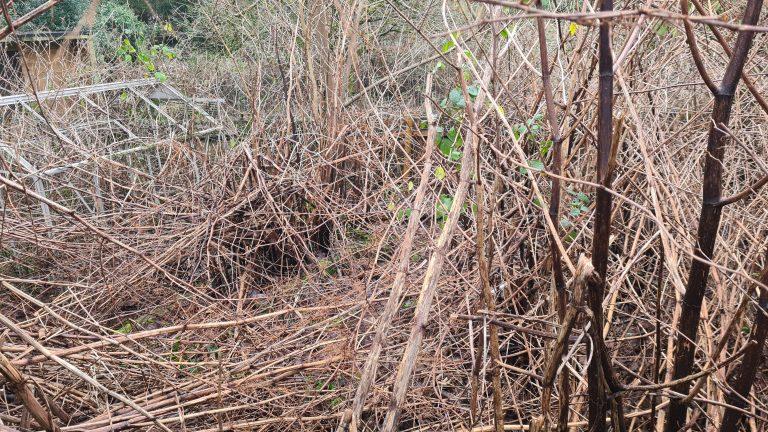Plants Commonly Misidentified for Japanese Knotweed?
Plants mistaken for Japanese Knotweed are varied and easily misidentified by many people including architects and housing surveyors. Therefore, it is important that you are able to identify Japanese Knotweed.
Knowing how it can uncertainty during mortgage applications with both anxious homeowners and potential buyers alike. Do not worry. Most professional Japanese Knotweed removal companies provide a free knotweed identification service.
Simply take a photo and send it to them for their analysis. If it warrants more of an investigation you have the opportunity to carry out a full survey. This will be chargeable.
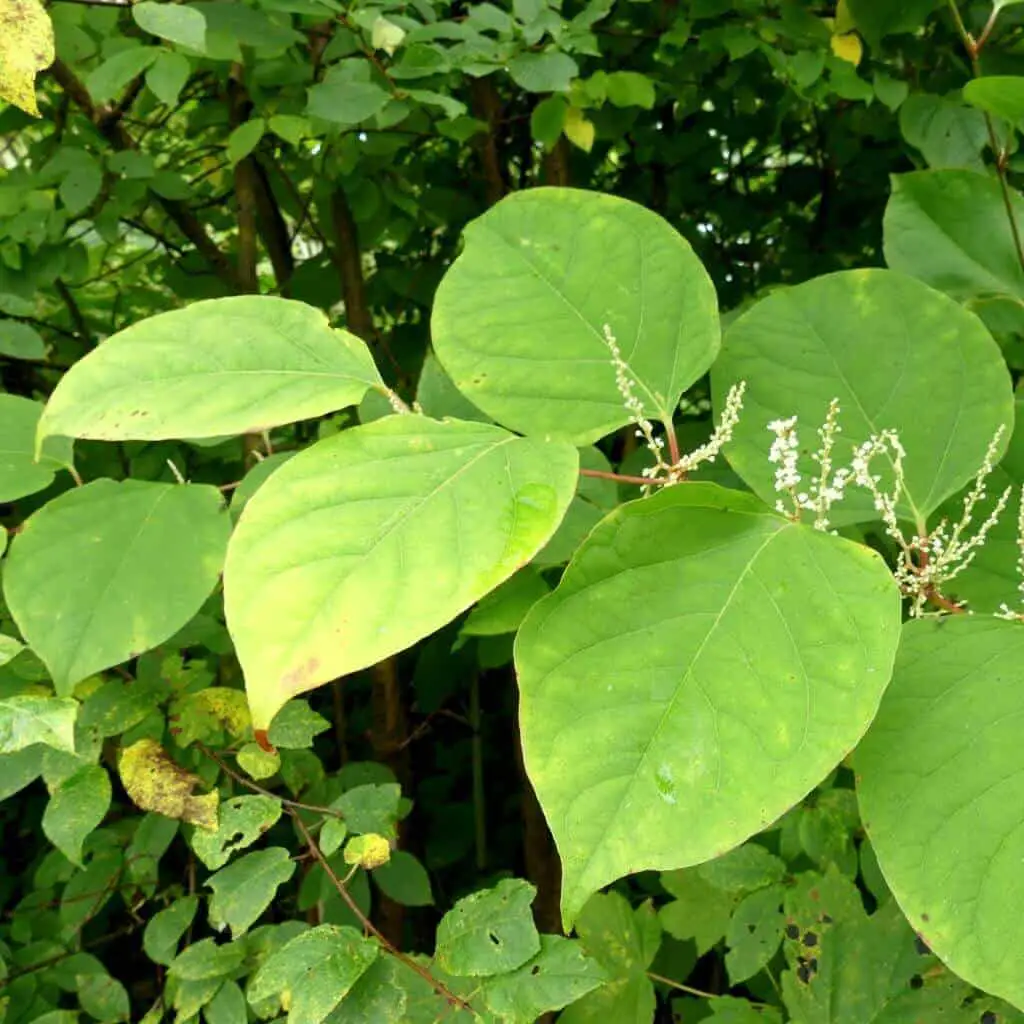
Most Popular Plants Mistaken for Japanese Knotweed
There are many plants that look like Japanese knotweed and have similar characteristics. The plants that are most commonly mistaken for Japanese knotweed are:
- Convulvulus arvensis is commonly known as Bindweed
- Calystegia sepium is commonly known as Hedge Bindweed
- Fallopia baldschuanica is commonly known as Russian vine (or Bukhara fleeceflower)
- Fallopia sachalinensis is commonly known as Giant knotweed
- Rumex obstusifolius L. is commonly known as Broadleaf dock
- Cornus sanguinea is commonly known as Common dogwood
- commonly-known as Daphne lilac (superba)
- Sambucus nigra is commonly known as Common elder
- Impatiens glandulifera is commonly known as Himalayan balsam
- Persicaria wallichii is commonly known as Himalayan knotweed
- Persicaria campanulate is commonly known as Lesser knotweed
- Leycesteria Formosa is commonly known as Pheasant berry or Himalayan honeysuckle
- Aegopodium podagraria is commonly known as Ground elder
- Houttuynia cordata is commonly known as Fish leaf
- Bambusoideae is commonly known as Bamboo
Identify the Main Characteristics of Japanese Knotweed
Japanese knotweed has some very distinctive features, once you know what to look for:
- Spade shaped leaf
- Red speckled stem
- Zig zag formation
- Creamy-white flowers in summer
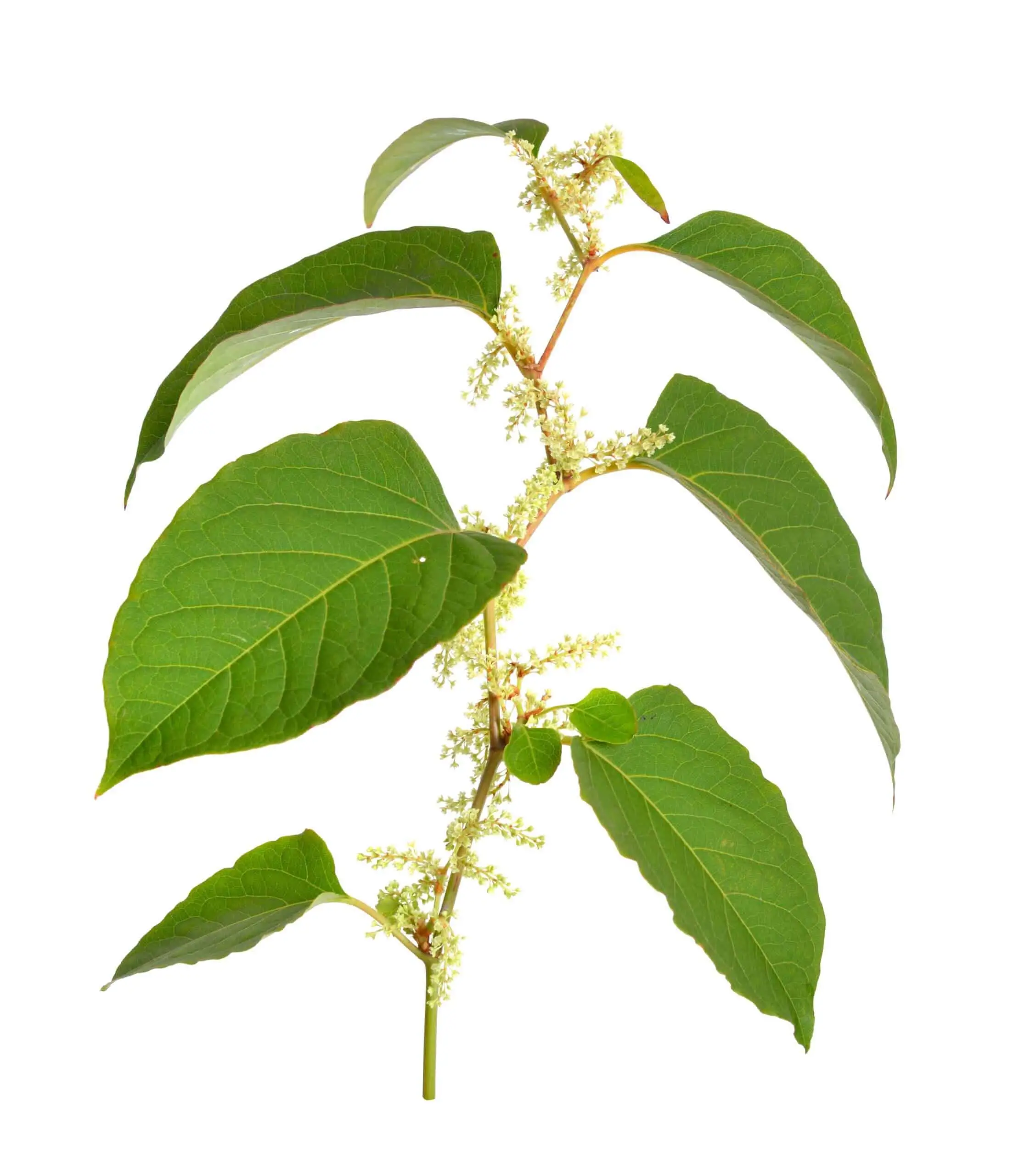
What to do if you are still unsure?
If you are unsure if you have Japanese Knotweed or something else growing on your land then you can contact a local Japanese knotweed specialist who will help you identify what you have on your land. Most specialists these days offer a free photo identification service to clarify what you have and whether it needs investigating more.
Want to know more?
Knotweed Removal aims to provide the most up-to-date information, help and advice for YOU to make informed decisions. If you are unsure or uncertain about how to proceed, please reach out to us and we will gladly come back and advise you as best we can.
Governmental advice can be found here and the UK law covering the removal of Japanese Knotweed as stated under the Wildlife and Countryside Act 1981 can be found here.
The best means to contact us is via our email – hello@knotweedremoval.tips
Do not forget we have a library of blogs covering many areas relevant to Japanese Knotweed, our free downloadable How-to Guides and Product Reviews on the latest methods being employed to eradicate or remove Japanese Knotweed.
Knotweed Removal, UK


